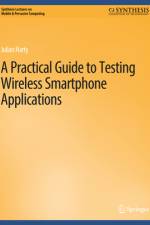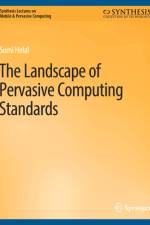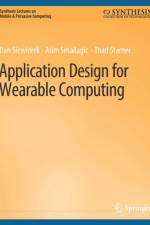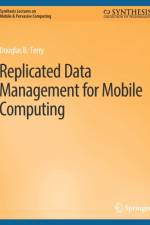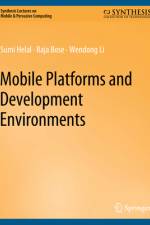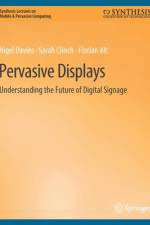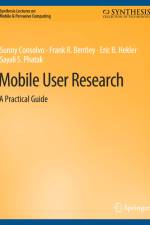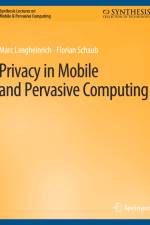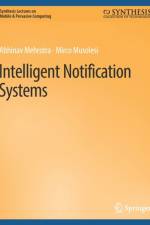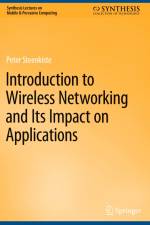von Dan Siewiorek
29,00 €
The confluence of decades of computer science and computer engineering research in multimodal interaction (e.g., speech and gesture recognition), machine learning (e.g., classification and feature extraction), software (e.g., web browsers, distributed agents), electronics (e.g., energy-efficient microprocessors, head-mounted displays), design methodology in user-centered design, and rapid prototyping have enabled a new class of computers-wearable computers. The lecture takes the viewpoint of a potential designer or researcher in wearable computing. Designing wearable computers requires attention to many different factors because of the computer's closeness to the body and its use while performing other tasks. For the purposes of discussion, we have created the UCAMP framework, which consists of the following factors: user, corporal, attention, manipulation, and perception. Each of these factors and their importance is described. A number of example prototypes developed by the authors, as well as by other researchers, are used to illustrate these concepts. Wearable computers have established their first foothold in several application domains, such as vehicle and aircraft maintenance and manufacturing, inspection, language translation, and other areas. The lecture continues by describing the next step in the evolution of wearable computers, namely, context awareness. Context-aware computing takes into account a user's state and surroundings, and the mobile computer modifies its behavior based on this information. A user's context can be quite rich, consisting of attributes such as physical location, physiological state, personal history, daily behavioral patterns, and so forth. If a human assistant were given such context, he or she would make decisions in a proactive fashion, anticipating user needs, and acting as a proactive assistant. The goal is to enable mobile computers to play an analogous role, exploiting context information to significantly reduce demands on human attention. Context-aware intelligent agents can deliver relevant information when a user needs that information. These data make possible many exciting new applications, such as augmented reality, context-aware collaboration, and augmented manufacturing. The combined studies and research reported in this lecture suggest a number of useful guidelines for designing wearable computing devices. Also included with the guidelines is a list of questions that designers should consider when beginning to design a wearable computer. The research directions section emphasizes remaining challenges and trends in the areas of user interface, modalities of interaction, and wearable cognitive augmentation. Finally, we summarize the most important challenges and conclude with a projection of future directions in wearable computing. Table of Contents: Introduction / The Wearable Computing UCAMP / Design Guidelines for Wearable Computing / Research Directions / Conclusions and Future Challenges

